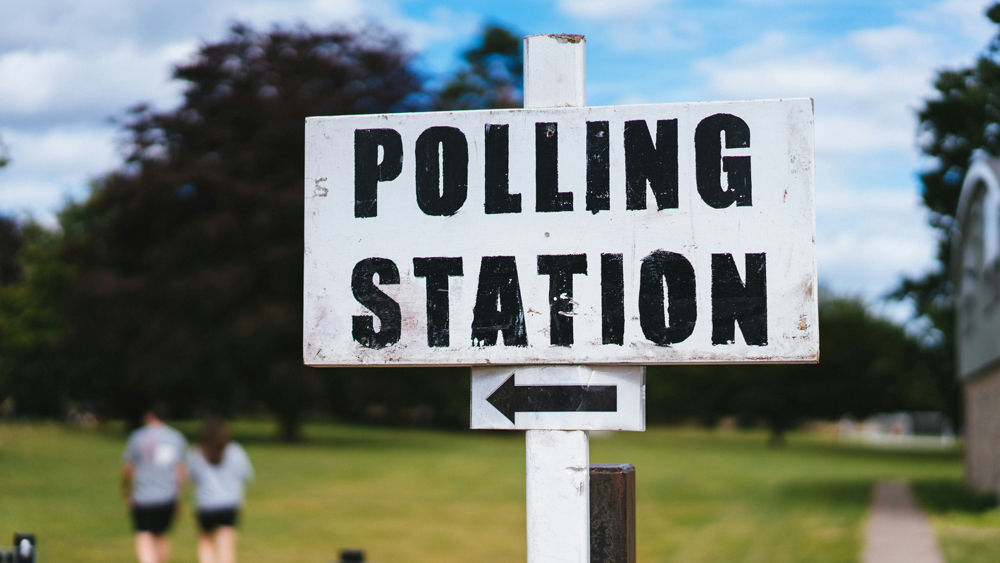
Photo by Phil Hearing on Unsplash
The 2024 U.S. presidential election is shaping up to be one of the closest in recent history, with Kamala Harris and Donald Trump locked in a dead heat in many polls. This razor-thin margin amplifies the effect of even small demographic changes, such as those driven by the recent surge in remote work.
|
ADVERTISEMENT |
Research by the European nonpartisan Centre for Economic Policy Research shows that the flexibility offered by remote jobs has allowed people from traditionally Democratic urban centers to relocate to more affordable suburban or even rural areas, many of which lean Republican or fall in swing states. These shifts inevitably affect voter profiles in battleground states, potentially influencing who wins in these high-stakes regions.
…
Comments
What does this have to do with Quality!
Missing the boat! We are out of the Pandemic scare and on to reality. Remote work is another way that workers can do less and get paid the same or more. I am tired of politics and this is more of it. Please come up with something that is really relevant to real work that people should do.
Wrong.
The "razor thin" margin discussed here is completely fictitious, as the actual polls (real votes from real voters) have borne out; the Democrat candidate failed to outperform Old Joe literally anywhere.
Dr Gleb is out-of-touch with America, writing of "a new kind of voter demographic [...] who can now prioritize quality of life, affordability, and personal values over workplace proximity." Whoever these people are, they are vastly outnumbered by the real new kind of voter demographic: Americans who struggle to afford housing and basic necessities because they are being dispossessed of their future by a ruling class that coordinates with government bureaucrats (e.g., FBI and DHS) and media megacorps (e.g., Meta and Comcast) to suppress their voice in the public sphere (e.g., see Matt Taibbi's reporting on the Twitter Files).
Add new comment